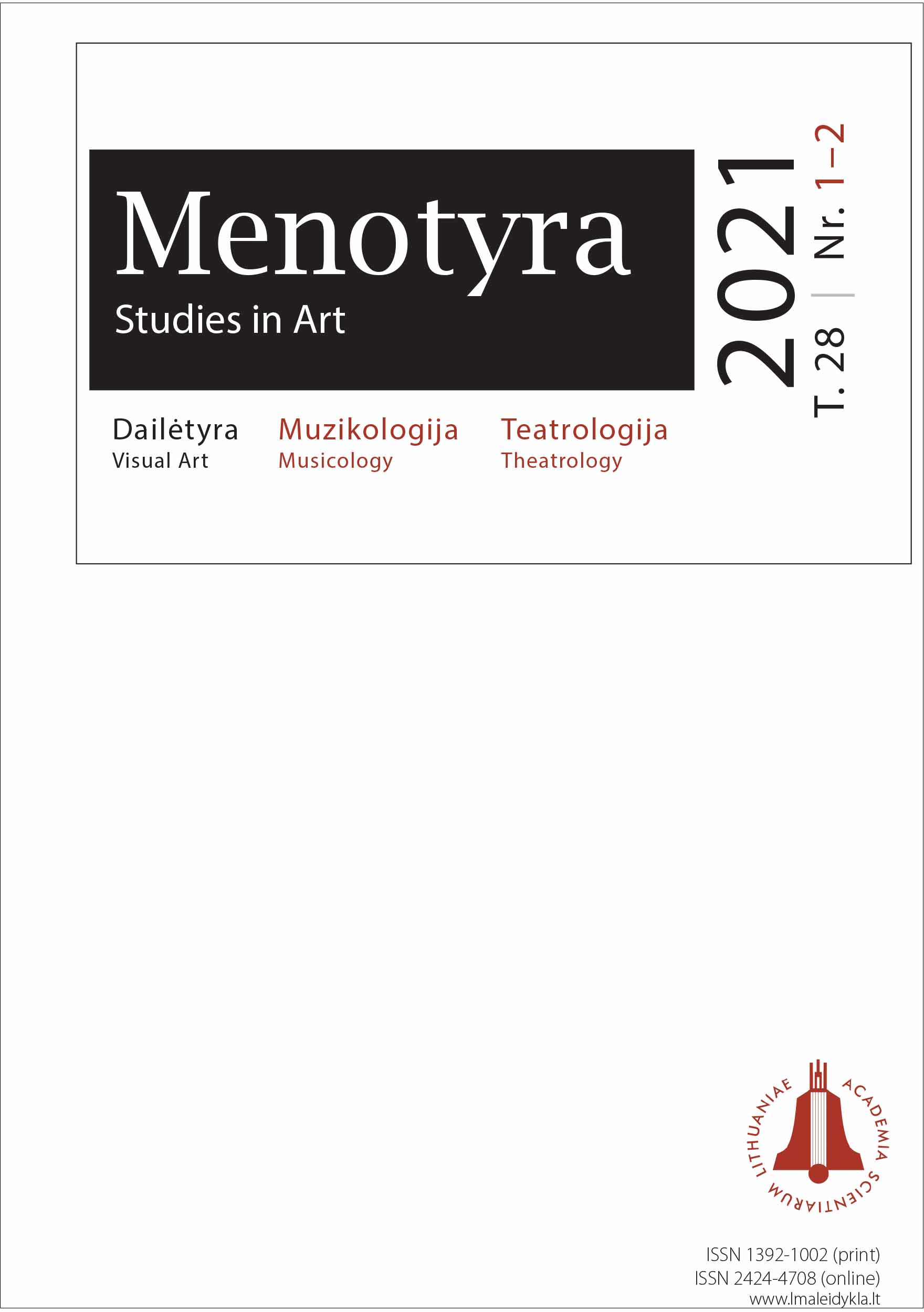Atlygis XIX a. bažnyčios muzikui: tarp galimybių ir būtinybių
Paying a Church Musician in the Nineteenth Century: Between Possibilities and Necessities
Author(s): Laima BudzinauskienėSubject(s): Music, 19th Century, History of Religion
Published by: Lietuvos mokslų akademijos leidykla
Keywords: nineteenth century; church musicians, payment;
Summary/Abstract: In Europe, the nineteenth century had its own kind of an impact on the development of church music: fellowships that looked over the repertoire of music played in churches and encouraged research into the sources of the old church music and the Gregorian chant started emerging in many different countries. In the middle of the said century, the Holy See released documents that repeatedly and strictly regulated music and especially the music played during masses. Bishops were ordered to establish new music schools, reinforce the existing ones, and form committees in charge of the repertoire, musical performance and care of musicians in dioceses.The salary of the members of church chapels depended on the length of their work and the level of their professionalism. Sometimes the best musicians earned as much as the chapel leader. The leader, who received a certain amount of money to be spent on salaries from the seniors of the church every quarter of the year, distributed it on their own accord, taking into the account the intensity and quality of the instrumentalists’ performance. Each choir singer received the same amount of money, and the salary of the organist depended on the number of masses. Gregorian chanters received smallest salaries. Often the musicians were paid in kind: in food, candles, clothes, footwear, vodka, beer, honey, and the like. Some church chapels even had a cook who prepared breakfasts and lunches specifically for the musicians. Unfortunately, at the end of the nineteenth century, the financial situation of church chapels the financial situation of church chapels changed for the worse much worse.
Journal: Menotyra
- Issue Year: 28/2021
- Issue No: 1–2
- Page Range: 17-27
- Page Count: 11
- Language: Lithuanian

